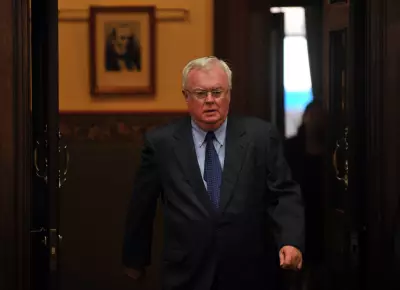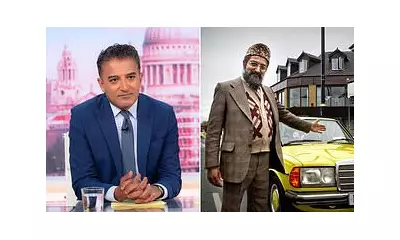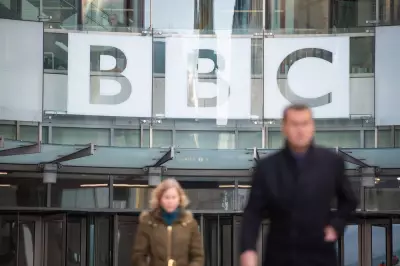
In a remarkable turn of events, Syrian President Ahmed al-Sharaa has met with former US President Donald Trump at the White House, cementing an extraordinary political transformation. This visit, which took place on Monday, 10 November 2025, marks the first time a Syrian leader has visited the White House since the country's independence in 1946.
From Wanted Militant to World Stage
President al-Sharaa's journey to Washington is as unprecedented as it is significant. Once the head of the Islamist militant group Hay’at Tahrir al-Sham and a former al-Qaeda affiliate with a $10 million bounty on his head, he has undergone a dramatic political rehabilitation. His rise to power culminated in December of last year, when he led rebel forces that toppled the long-standing dictator Bashar al-Assad after a brutal 13-year civil war.
The symbolism of his new status was powerfully illustrated just before the visit. A viral video showed the president shooting hoops with top US military officials on a basketball court at an unnamed US base. This public display of camaraderie preceded his removal from the US, UK, and United Nations sanctions blacklists in the preceding week.
A Complex Agenda for Landmark Talks
The closed-door meetings in Washington tackled a profoundly complex set of issues. For President al-Sharaa, a primary objective was to seek reassurances on the permanent and unconditional repeal of remaining sanctions. Although partially suspended, these sanctions continue to hinder the international investment desperately needed to rebuild his war-ravaged nation.
Equally critical for the Syrian leader was addressing the ongoing military actions by neighbouring Israel. Since the fall of Assad, Israel has repeatedly bombed Syrian territory, including strikes on the defence ministry and presidential palace in central Damascus. Israel justifies its incursions and the reported establishment of military bases on Syrian soil as efforts to protect the Druze population. President al-Sharaa was expected to seek guarantees from the American president to rein in these activities.
For Donald Trump, the talks presented an opportunity to advance a potential security pact between Syria and Israel, likely through the framework of the existing Abraham Accords. Alongside this, negotiations were underway for Syria to join the US-led coalition fighting the so-called Islamic State (ISIS). The timing was notable, as Syrian security officials revealed to Reuters that two separate ISIS assassination plots against President al-Sharaa had been foiled in recent months.
Regional Repercussions and Shifting Alliances
This potential new alliance signals a major strategic shift in the region. The United States is reportedly planning to establish a military presence at a Damascus airbase, a move that would significantly alter its footprint in Syria. Historically, America's closest partner in the anti-ISIS fight has been the Kurdish-led Syrian Democratic Forces (SDF) in the northeast.
However, this new US-Damascus rapport creates tension. SDF commanders have expressed deep distrust of al-Sharaa's administration, citing his former al-Qaeda ties, the integration of foreign Islamist fighters, and concerns over Kurdish autonomy. While a plan to merge the SDF into the national army was agreed in principle last month, unresolved issues—such as control over ISIS detention facilities—remain a significant hurdle. A firm alliance between Trump and al-Sharaa will undoubtedly increase pressure on the SDF to comply with the central government.
While the basketball game was a symbolic slam-dunk, the diplomatic meetings were far from it. The depths of the region's problems, from sectarian rifts to external interventions, mean that no single meeting could provide all the answers. Nevertheless, the 10 November 2025 summit represents a significant and historic start to a new, albeit complicated, chapter in Middle Eastern diplomacy.





